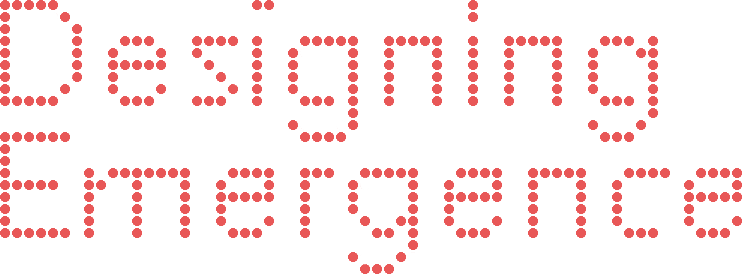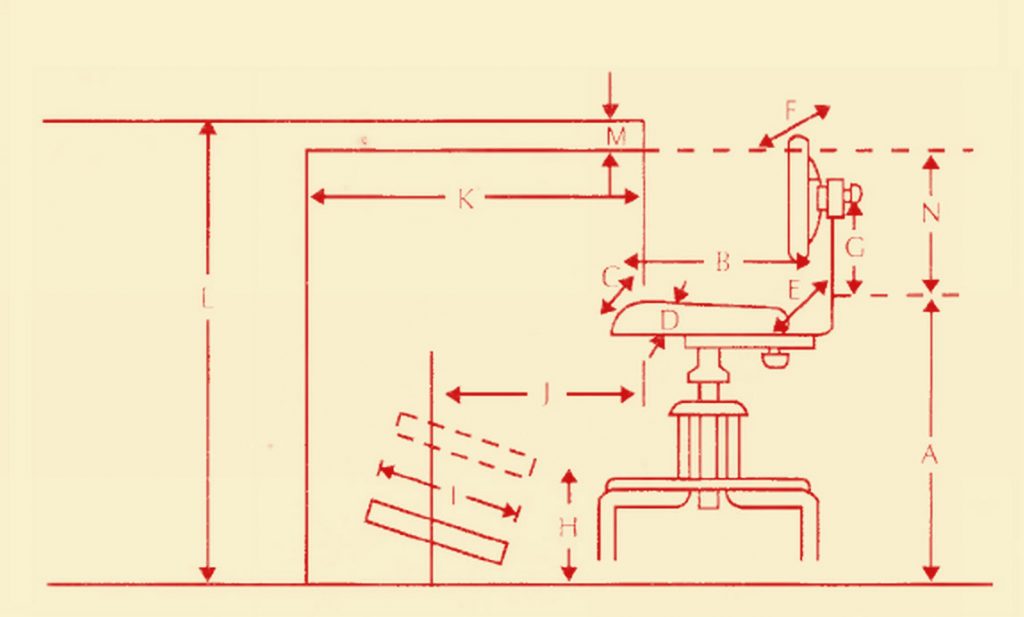Sit & Make: Form from Values

Now that I have the data coming in from the chair, I have to figure out how to transform it into a new design. The from should be abstract enough so that there is potential to surprise the user by creating designs that he/she may not have thought of. At the same time, there should be some correlation between how the user is sitting and the final form of the chair. Otherwise the forms that are created seem random and there is no value in the physical component of Sit & Make.
DNA of a Chair
A chair’s main function is to support you in a seated position. The most important aspect of a chair is the surface you sit on and how that surface is held up off the ground. By this definition, many things can and do act as chairs, a log, a desk, a cardboard box. However, in its more traditional guise, a chair also has additional features that have come to define its form. Backrests, armrests, legs, and headrests commonly make up the designs we see everyday. The characteristics of a chair’s surface also provides a lot of variety in designs. We have chairs made from steel mesh, smooth surfaces made of bent plywood, soft surfaces made of fabric or leather stuffed with cotton etc. With all of this variety, the challenge with Sit & Make is how to maintain the amount of variety we encounter with everyday designs but still reflect the DNA of chairs in the final form.
Methods of Creation
I have a few different ideas for how I can go about this problem. I am aiming to create a system within Grasshopper that leverages emergent properties to create designs that maintain a specific structure yet still produce a variety of surprising forms. Below are some of the ideas that I have to start experimenting.
- Create a point cloud that defines the overall structure of the chair. For example, you have points for where the seat generally is, where the backrests and armrests are etc. The points then interconnect to form structures. The way they interconnect is guided by rules, which are influenced by the sensor values. Think of it like Emergent Doodles but in 3 dimensions and with a lot more parameters.
- Define ~10 points that represent the key locations for structural components of a chair. These points represent growth nodes. The sensor values define which nodes activate and how much growth there is off of those points. The growth would vary in terms of its structure and how it interacts with growth coming from the other points when they intersect. This model is similar to the growth of bacterial colonies or trees and plants.
- Explicitly determine the individual parts of a chair depending on the sensor value for that chair. For example, if someone is putting a lot of pressure on the backrest, then exaggerate the height and width of the backrest. If someone is using the armrests, then the created chair will have an armrest. There is a one to one correlation between how the user sits and the final form that is output.
- Create gravitational points with weights attached to the sensor values. Then, send particles swirling around the attractors. The trail of the particles defines the form of the chair.
- Create a surface based on the weights of various sensor values. The surface forms the shape of the chair. A geomoterical pattern is then applied on top of the chair using a modified cube, again based on sensor values, mapped onto the surface.
- Go step by step through each component that makes up a chair. Use the value of all sensors to decide the final form and then move onto the next step.
I admit that I don’t know enough about Grasshopper and all of its plugins to evaluate which methods may prove to be more or less successful. I am planning to use these ideas as starting points for my experiments with form creation. Over the next few posts, I will test a few different techniques and find out the best way to turn the numbers into novel and exciting chairs.



Leave a Reply